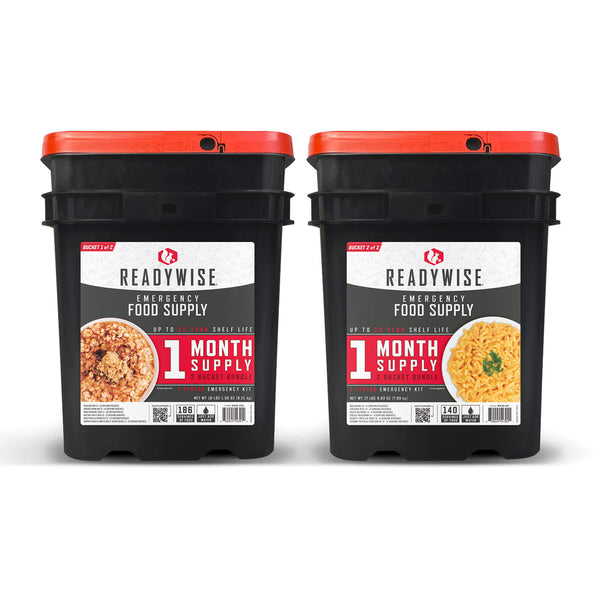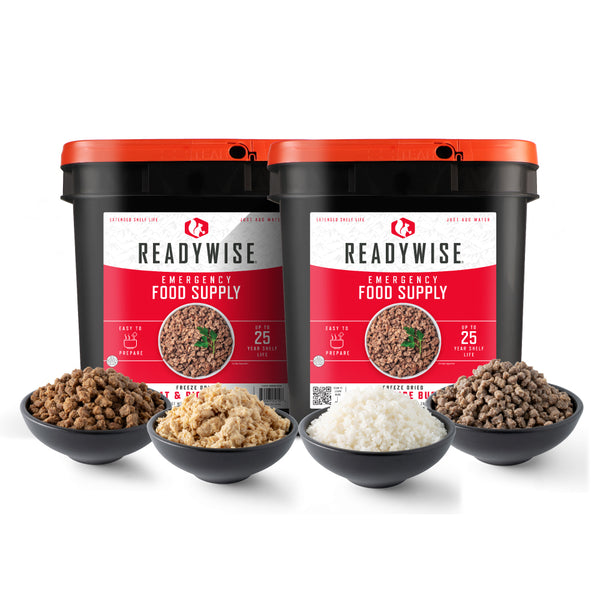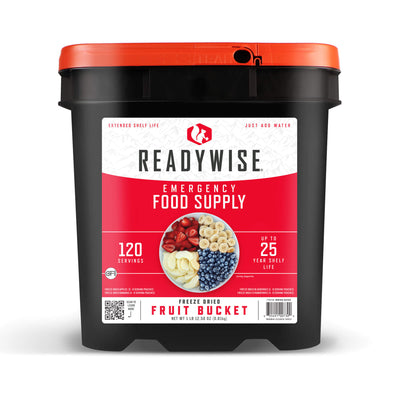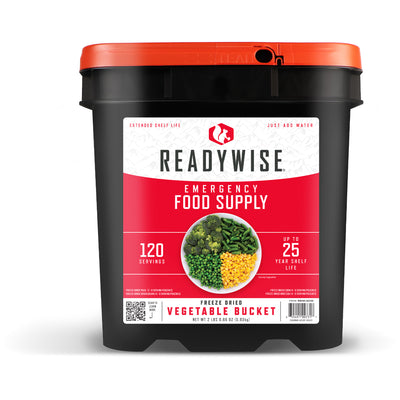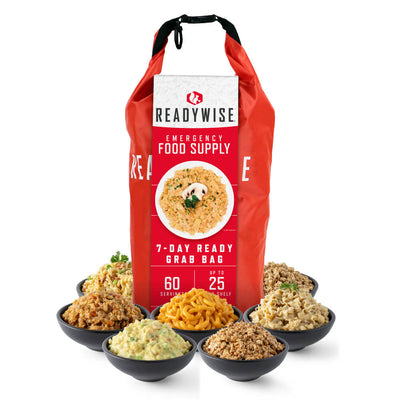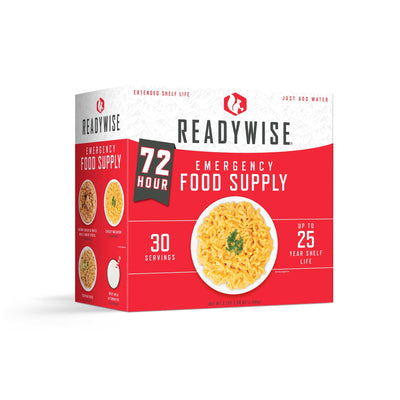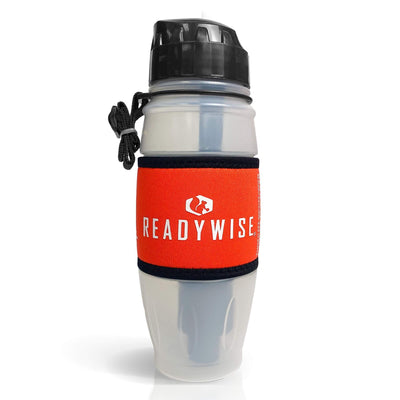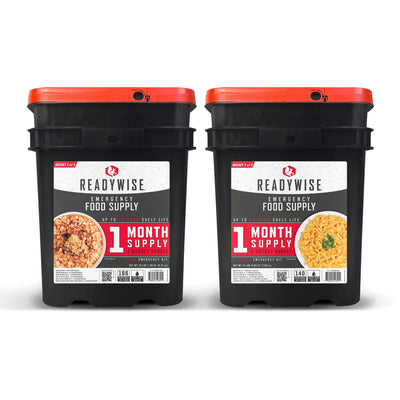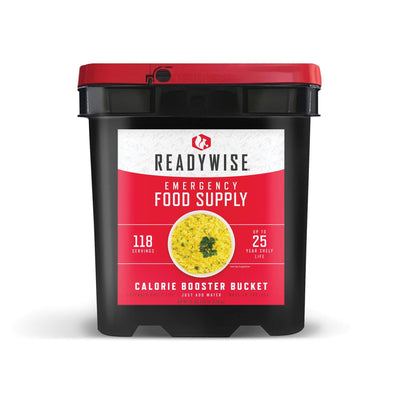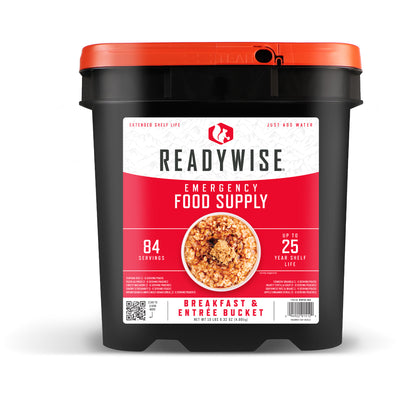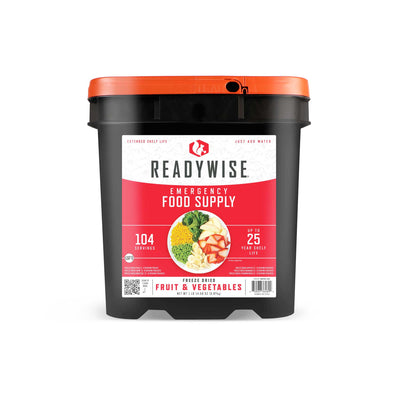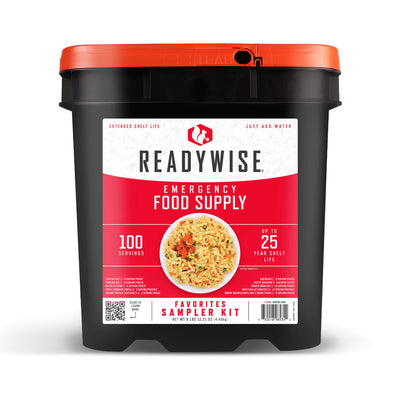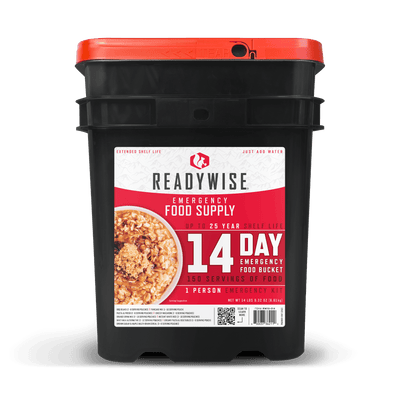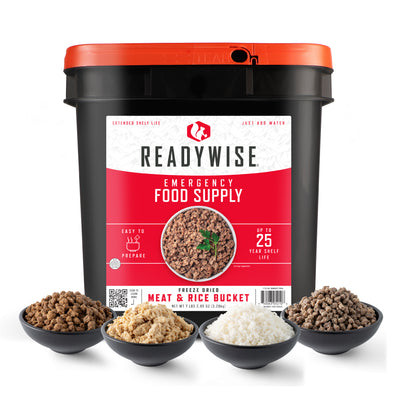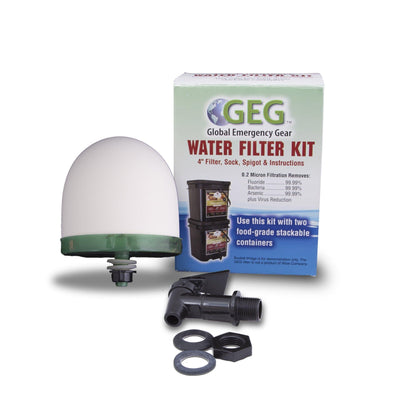Imagine being in the middle of a blackout—when the power fails suddenly, your appliances stop working, and the familiar hum of electricity is replaced by unsettling silence. In those moments, you’re not just coming home or waking up to an outage—you are experiencing the full impact of a catastrophic power failure. Whether it's caused by a massive storm, a grid failure, or even a targeted attack, the resulting blackout can upend daily life and create a sense of isolation and vulnerability.
We all depend on electricity for basic needs such as heating, cooling, and communication. When a power outage strikes, it can feel like the world has suddenly stopped, leaving you without essential services and resources. This guide is designed to help you navigate these challenging situations with empathy and practical, actionable steps. By planning ahead, building a resilient emergency supply kit, preparing your home, and developing a family emergency plan, you can protect your loved ones and reduce the chaos during a prolonged blackout.
Let’s explore how you can stay safe, maintain essential services, and keep your family together when disaster strikes—ensuring that even in the midst of a catastrophic power outage, you are well-prepared and confident in your ability to cope.1
1. Build a Resilient Emergency Supply Kit
Creating a robust emergency supply kit is the foundation of any effective disaster preparedness plan. When a catastrophic power outage occurs, having the right equipment, backup power sources, and medical supplies can make all the difference between chaos and safety.2
Sustenance Essentials
Water Storage Solutions:
During a power outage, access to clean water is critical. You should store at least one gallon of water per person per day for a minimum of three days. Consider products like ReadyWise’s emergency water pouches, which are designed for long-term storage and reliability. Their extended shelf life ensures that you have a dependable resource even when the outage lasts for days.
Long-Lasting Food Supplies:
Maintaining a stockpile of non-perishable, easy-to-prepare meals is essential for survival. ReadyWise offers a range of freeze-dried food options with up to a 25-year shelf life. These meals not only provide balanced nutrition but also help you avoid the risk of food spoilage during long-term power loss. A well-organized emergency food supply kit should include items that are lightweight, calorie-dense, and easy to prepare even in the absence of electricity.
Lighting and Power Alternatives
Reliable Lighting:
When the blackout hits, having dependable lighting is vital for safety and navigation. Invest in battery-powered LED lanterns or flashlights. ReadyWise offers solar-powered flashlights that are both reliable and eco-friendly, ensuring you have a backup if traditional batteries run low.
Backup Power Sources:
Consider portable generators or solar chargers to keep essential devices operational during an outage. These alternative fuel options can charge your mobile devices, power a refrigerator for short periods, and run medical equipment. Having a backup system ensures that you maintain communication and can avoid potentially dangerous situations caused by complete isolation.
Communication Tools
Emergency Radios:
Staying informed during disasters is critical for making sound decisions. Equip yourself with a battery-powered or hand-crank radio to receive news and weather updates when conventional communication channels are down. This can be your lifeline, especially if the power is not restored for an extended period.
Backup Batteries:
Keep extra rechargeable batteries on hand for all essential devices. A well-prepared emergency kit includes spares for flashlights, radios, and other critical equipment to ensure you never lose power when you need it most.
Medical and Sanitation Supplies
Comprehensive First Aid Kit:
A well-stocked first aid kit is a must-have. Ensure your kit is tailored to handle potential injuries or health emergencies that may occur during a power outage. ReadyWise offers first aid kits designed specifically for emergencies to help you treat minor wounds and prevent infection.
Personal Hygiene Products:
Sanitation is key to maintaining health during emergencies. Stock items like moist towelettes, garbage bags, and plastic ties to manage waste and personal hygiene. Good sanitation practices prevent the spread of disease when medical resources might be limited.
2. Prepare Your Home for Extended Power Loss
A catastrophic power outage not only disrupts your daily life but can also affect your home’s environment. Planning ahead for temperature regulation, food preservation, and water management will help protect your family during prolonged periods without electricity.
Temperature Regulation
Climate Control:
Without electricity, your home’s heating and cooling systems will be unavailable, making it essential to plan for temperature extremes. Invest in sleeping bags, warm blankets, and appropriate clothing to maintain body heat during extreme cold. Similarly, in hot weather, use battery-powered fans or alternative cooling methods to prevent heat-related illnesses. These steps are vital to keep your family safe when the power outage coincides with severe weather conditions or storms.
Food Preservation
Alternative Cooking Methods:
Prepare for the loss of conventional kitchen appliances by having alternative cooking methods on hand. A camp stove or grill with sufficient fuel can allow you to cook meals safely. This is especially important if your refrigerator is no longer operational due to a power failure.
Food Storage:
For items that require cold storage, consider using coolers with ice packs to preserve perishable foods temporarily. Knowing how to keep food from spoiling not only saves money but also protects your family from the risk of consuming spoiled items that could lead to health complications.
Water Management
Water Purification:
Ensuring access to safe drinking water is non-negotiable during emergencies.3 Equip yourself with water purification tablets or filters, which allow you to purify water from uncertain sources. This is crucial when your stored water supply is low, or contamination risks are high due to infrastructure damage.
3. Strengthen Your Safety and Security Measures
In a catastrophic power outage, the risk of secondary hazards like fires, break-ins, and carbon monoxide poisoning increases. Taking proactive steps to enhance fire safety and secure your home can protect your family and property.
Fire Safety
Fire Extinguishers:
Keep fire extinguishers readily accessible throughout your home. Make sure every household member knows the locations and usage of these extinguishers. With battery-powered devices and candles out of favor due to fire risks, using safe, alternative lighting methods is crucial.
Safe Lighting:
Avoid the fire hazard of candles by opting for battery-powered lights. Using LED lanterns or solar-powered flashlights minimizes the risk of accidental fires, ensuring that your home remains a safe haven during the outage.
Secure Environment
Home Security:
During extended power outages, security risks can escalate. Ensure all entry points are secure by reinforcing locks and considering additional barriers. In some cases, using an emergency survival kits approach for security may include installing battery-operated door alarms or motion detectors. These measures not only protect your home from intrusion but also provide peace of mind during uncertain times.
4. Develop a Family Emergency Plan
No matter how extensive your emergency supply kit or home preparations are, a catastrophic power outage can only be truly managed if your entire family is prepared. Developing a comprehensive family emergency plan is essential for coordinating actions and ensuring everyone's safety.4,5
Family Communication Plan
Establish Contact Methods:
Ensure that every family member knows how to communicate during an emergency. Establish a clear communication plan that includes both local and long-distance methods. This might include walkie-talkies, text messaging, or predetermined check-in times. When the power is out, these communication strategies become vital resources for staying connected.
Designate Meeting Points:
Identify safe locations where family members can reunite if separated. Having multiple meeting points—one near your home and one outside your immediate area—ensures that, regardless of where the outage occurs, everyone has a place to gather. This plan should be rehearsed so that in the event of a power outage, confusion and panic are minimized.
Regular Drills
Conduct Practice Scenarios:
Regularly simulate power outage situations with your family to ensure everyone understands the emergency plan. Practicing these drills allows each member to become familiar with essential tasks like how to use emergency supplies and operate backup equipment. These practice sessions are an integral part of disaster preparedness, helping to reinforce procedures and ensuring that all devices, from flashlights to generators, are working correctly when needed.
Conclusion
Proactive preparation is the key to surviving a catastrophic power outage. By building a resilient emergency supply kit, preparing your home for extended power loss, strengthening safety and security measures, and developing a comprehensive family emergency plan, you can significantly reduce the risks and impact of such disasters. Whether it’s ensuring you have enough water and freeze-dried food or knowing how to maintain communication and temperature control in your home, each step you take now will help protect your family when the power grid fails.
ReadyWise’s range of emergency products—from their emergency food supply kit and emergency survival kits to innovative solutions like solar-powered flashlights—provides reliable options to help you stay safe during a power outage. Embrace these actionable tips, invest in high-quality emergency resources, and be prepared to protect your home and loved ones when disaster strikes.
By taking these steps, you ensure that your family is not only ready to face a blackout but also equipped to handle the challenges of long-term power loss. Remember, a catastrophic power outage is not just about the immediate risk—it’s about ensuring your survival and maintaining a sense of security until the power is restored. Stay safe, plan ahead, and use every available resource to protect your life and home.
Strong:
- Red Cross. Power Outage Checklist. https://www.redcross.org/content/dam/redcross/atg/PDF_s/Preparedness___Disaster_Recovery/Disaster_Preparedness/Power_Outage/PowerOutage.pdf?srsltid=AfmBOooJWBV7OTbWeGfdkPQDaZFJE0Dp5crzv6eR31A0PapnpN3TJo00
- FEMA. 10 Items to Include in Your Emergency Kit. https://www.fema.gov/blog/10-items-include-your-emergency-kit
- CDC.gov. How to Make Water Safe in an Emergency. https://www.cdc.gov/water-emergency/about/index.html
- Ready.gov. Make a Plan. https://www.ready.gov/plan
- Mira Safety. How to Develop an Emergency Action Plan for Your Family. https://www.mirasafety.com/blogs/news/family-emergency-action-plan








